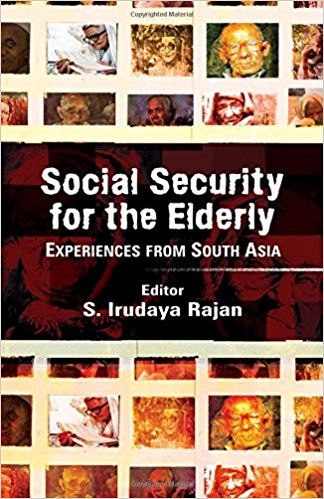The book deals with the magnitude of aging in five south Asian countries (India, Pakistan, Bangladesh, Sri Lanka and Nepal—the order in which they appear in this book). It assesses policies and programmes and offers suggestions to improve the status and well being of rapidly rising numbers and proportion of the elderly. As unintended consequences of many a development, the growth of aging is a consequence of demographic transition. From one in every five persons, the 60 years population is likely to become one in three persons by 2100 in the developed world, and in the developing world from one in 12 to one in five by 2050. While the proportion of the elderly in developing countries might seem to be small, the 60 populations are substantially a large figure in absolute terms. The proportion and size of the elderly in the five South Asian countries varies, India has the largest number of elderly, i.e. 90 million, the number that surpasses the total population of all but 13 countries in the world.
In view of the large scale migration and urbanization the book laments the erosion of traditional social values and religious observances for the care of the elderly, and only limited substitution through other institutional arrangements. Given this backdrop the book claims to study the modalities and compre- hension of pension and social security schemes for the elderly. The demographic scenario with respect to the elderly is provided along with future projections. Besides, censuses, other large data sets like NSS, NFHS are drawn upon for secondary data, and a sample survey data

